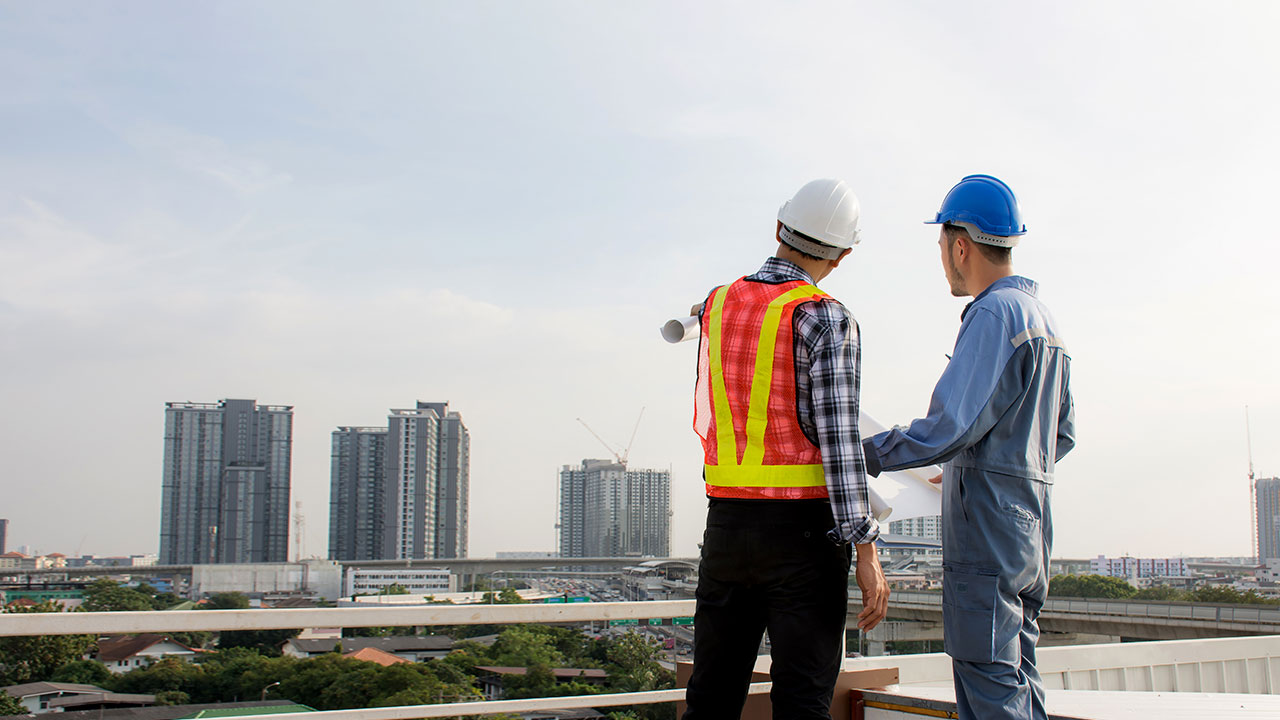How old is your roof right now? Given that a commercial roof may have anywhere from a 20-year lifespan to a 50-year lifespan, it’s likely that you didn’t inherit your commercial roof when it was new. What’s more, no matter how badly your roof was treated before you started working, the success of your job depends on making your newly inherited roof last as long as possible.
Fortunately, resourceful facility managers can make a huge difference in the longevity and performance of a commercial roof. If you’re punctual about roof maintenance, inspection, and record-keeping, you can restore an older roof to its former glory and even keep it in perfect condition long after its projected lifespan has run out. Learn how to develop a strategic roof asset management plan that will help make scheduling and budgeting for maintenance easier and lead to better decisions.
Understanding Your Roof
Upon receiving control of your roof, you immediately need to know a number of things about it. It starts with paperwork. In your records, you can hopefully understand when your roof was originally installed, which materials were used, and what repairs were made during the intervening years.
This is a useful starting point as you begin to inspect your roof for the first time. Knowing how old a roof is can tell you a lot about which parts of the roof may need care first. In addition, knowing which repairs were made in the past will likely tell you which parts of the roof are likely to need immediate attention—the parts that were damaged before are likely to be damaged again.
Lastly, your responsibility will be to continue making records as you go forward. You should keep a log about your roof’s age, the results of any quarterly or biannual inspections that you perform, the parts that you may need, and the parts that you’ve replaced. Not only will this give you clues about how to conduct preventive maintenance, it will also give you leverage if you need to make a warranty claim.
Create A Plan for Regular Maintenance and Upgrades
Your next big step is to understand how often you’ll maintain your roof.
As a rule of thumb, the older your roof is, the more often it will need maintenance. A newer roof may only need maintenance once a year, but an older roof may need maintenance every quarter. Some maintenance tasks may be simple and routine, such as clearing debris off the roof after windstorms. Other tasks, such as repairing damaged flashing or replacing damaged roof membranes, are much more urgent.
Depending on your budget, time constraints, and other priorities, you may also be unable to fix every issue with your roof during every maintenance cycle. You need to figure out a way to prioritize maintenance so that the most vital jobs are completed first. Adding upgrades— such as walkways, pipe supports, solar panels mounts, and other improvements may do even more to keep your roof in shape.
Lastly, you need to think about how your maintenance and upgrades will add value to your roof in the long run— what’s known as a roof asset management plan. Ideally, you’ll be able to calculate the service you perform on the roof in terms of an additional service lifetime— X repair costs Y amount of money, which extends the lifetime of the roof by Z amount of time, thus saving you an amount of money that’s ideally greater than Y. In simpler terms, you need to figure out how your repairs will eventually pay for themselves.
Create A Roof Access Plan
In order to keep your roof pristine, you’re going to need to ensure that few people ever walk on it—excess foot traffic damages roofs! Unfortunately, this can be rather anathema to the idea of regularly inspecting your roof and performing maintenance.
Minimizing roof traffic means that everyone who accesses the roof needs to have a reason to do so. Personnel need to be trained in rooftop safety, must log their entrances and exits, and must sign out for keys – this makes it almost impossible for individuals to walk on the roof on a whim.
In addition, it’s best to invest in roof access walkways that elevate foot traffic off the roof surface itself, while adding safety improvements like handrail and non-slip surfaces. That’s where PHP comes in. PHP Systems/Design creates custom roof access walkways that let companies add safety to their roofs and protect their value—ensuring your roof lasts for as long as possible.




